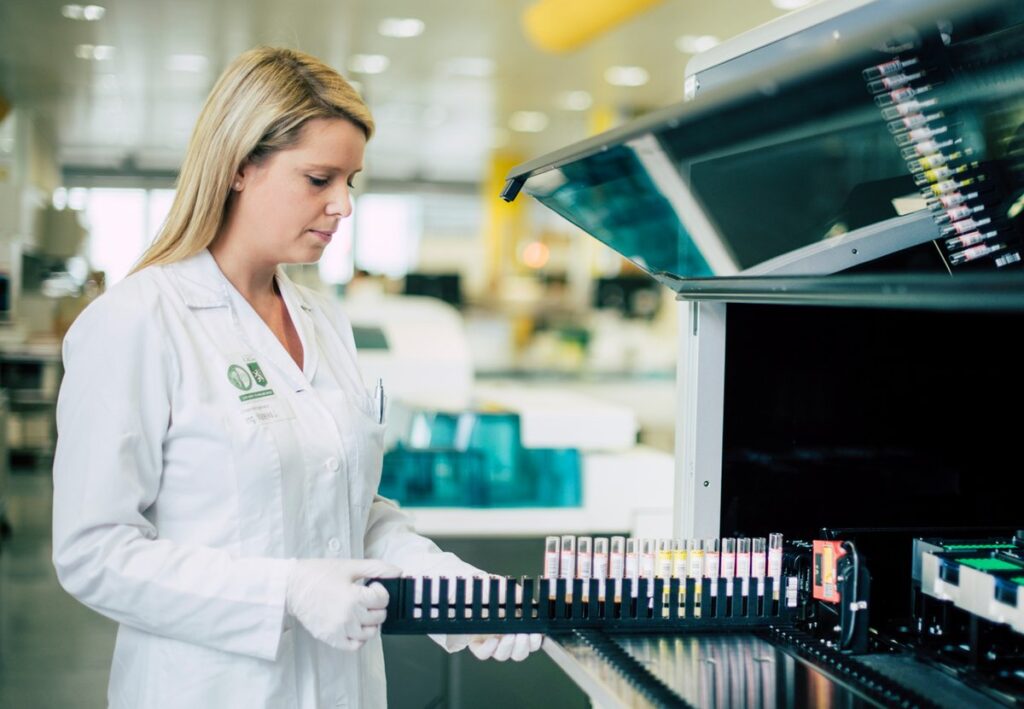Biopreservation is the preservation of biological materials through the use of natural flora and its antibacterial products and forms an integral part in both the food and healthcare industry. The global biopreservation market is on an upward growth trajectory and is estimated to strike a CAGR of 14.8% over the forecast period of 2022-2030, predicts Market Research Future (MRFR).
Adult mesenchymal stem cells have gained huge momentum as it is a promising source for cell therapies and tissue engineering applications due to which the demand for stem cell preservation has increased drastically. Biopreservation is a crucial aspect of cell and gene-based therapy biopreservation. Growth in number of cryogenic storage facilities is expected to induce high demand within the global biopreservation market.
Biopreservation has substantial significance in the food industry. Biopreservation is extensively used in the preservation of various food products such as dairy and meat products since they can cause great economic loses. Surging awareness regarding the risks associated with the transmission of foodborne pathogens has evoked greater interest in the application of biopreservation techniques in food safety and food preservation. Moreover, biopreservation is the only viable technique which can be applied to certain food products where other techniques can be used. Furthermore, microbiological safety standards and rise in the incidence of food spoilage, and growing consumption of precooked foods are other factors which generate massive demand for biopreservation from the food industry.
The global biopreservation market is also growing in tandem with recent advances in interrelated, emerging and evolving field of biospecimen procurement, processing, preservation and banking, distribution, and use.
On the downside, biopreservation instruments and their maintenance is a cost-intensive which is a major impediment to the market growth. Moreover, stability issues surrounding specimen and dearth of trained professionals to perform and handle the biopreservation process are other possible bottlenecks to the growth of the global biopreservation market.
Segmentation
The global biopreservation market has been segmented based on product, biospecimen, and application.
By product, the global biopreservation market has been segmented into media and equipment. The media segment has been further segmented into nutrient media, sera, and growth factors and supplements.
The equipment segment has been further segmented into temperature control systems, accessories, alarms & monitoring systems, incubators, centrifuges, and other equipment. The temperature control systems sub-segment has been further segmented into freezers, cryogenic storage systems, thawing equipment, and refrigerators.
By biospecimen, the global biopreservation market has been segmented into human tissue samples, organs, stem cells, and other biospecimens.
By application, the global biopreservation market has been segmented into regenerative medicine, biobanking, and drug discovery. The regenerative medicine segment has been further segmented into cell therapy, gene therapy, and others.
The biobanking segment has been further segmented into human eggs, veterinary IVF, and human sperm.
Regional Analysis
By region, the global biopreservation market has been segmented into the Americas, Asia Pacific (APAC), Europe, and the Middle East & Africa (MEA).
The Americas account for the largest share of the global biopreservation market. Extensive utilization of advanced technologies, high expenditure on R&D activities, and the existence of key players in the region are favoring the growth of the global biopreservation market in the Americas region. Moreover, merger and acquisition have been adopted as key strategies by market players which further contributes to the growth of the market.
Europe is the second largest market within the global biopreservation market. Prevalent trend of stem cell preservation coupled with high birth rate in the region substantiates the growth of the market. The rise in a number of sperm and egg banks in the region is also contributing positively to the market growth.
APAC biopreservation market is estimated to expand at a relatively faster rate than other markets. Booming population, the surge in the awareness level of stem cell preservation and persistent development within the healthcare sector are factors triggering growth within the APAC market.
MEA market accounts for the least share of the global market owing to the underdeveloped healthcare sector in the region, lack of technical know-how and poor medical facilities.
Competitive Landscape
Thermo Fisher Scientific, Inc., Core Dynamics, Ltd., ATLANTA BIOLOGICALS, VWR International, LLC., BioLifeSolutions Inc., Princeton CryoTech, Lifeline Scientific, QIAGEN, Cesca Therapeutics Inc., Panasonic Biomedical, Inc., Chart Industries, Sigma-Aldrich Co., CUSTOM BIOGENIC SYSTEMS., BioCision., and Biomatrica, Inc. are the key biopreservation market players.
About Market Research Future:
Market Research Future (MRFR) is a global market research company that takes pride in its services, offering a complete and accurate analysis with regard to diverse markets and consumers worldwide. Market Research Future has the distinguished objective of providing the optimal quality research and granular research to clients. Our market research studies by products, services, technologies, applications, end users, and market players for global, regional, and country level market segments, enable our clients to see more, know more, and do more, which help answer your most important questions.
Contact Us:
Market Research Future (Part of Wantstats Research and Media Private Limited)
99 Hudson Street, 5Th Floor
New York, NY 10013
United States of America
+1 628 258 0071 (US)
+44 2035 002 764 (UK)
Email: sales@marketresearchfuture.com
Website: https://www.marketresearchfuture.com





More Stories
The Right Plastic Surgeon and Botox Treatment in Mission Viejo CA
Saving Your Relationship: Is a Couples Intensive the Right Move for You?
How Do You Find the Best Skin Care Experts in Orange County?